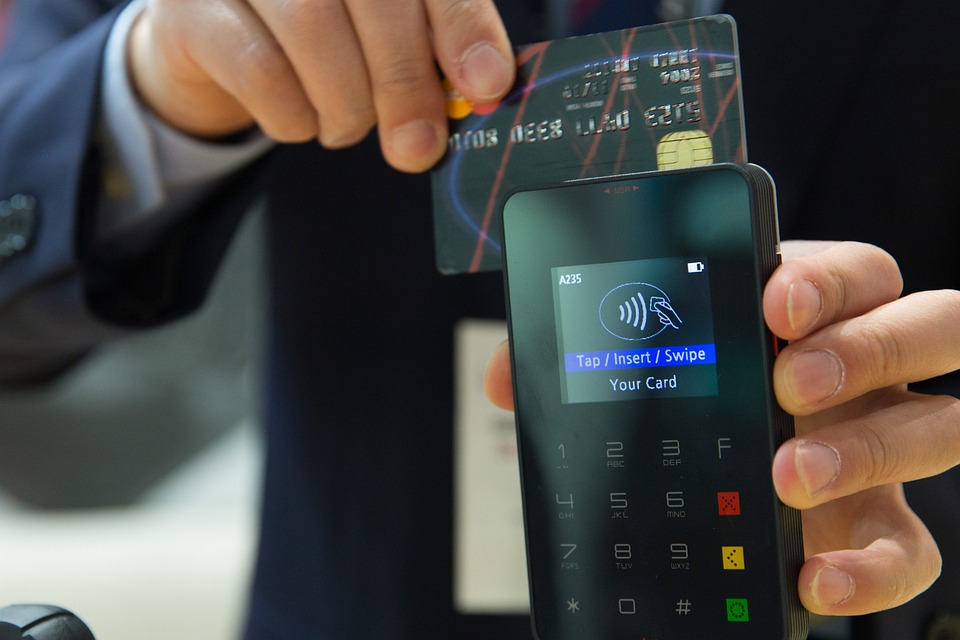
Online channels started to become a major marketing and PR tool for most financial institutions nowadays. As a result, users may feel discouraged in using digital banking in case they encounter plenty of unforeseen glitches and other unfavorable experiences. It is important to fix the issues and close the experience gaps existing in the banking industry through extensive usability research, especially since the banking marketplace is prioritizing customer-centricity in 2021 and the near future.
Due to the ongoing COVID-19 pandemic, the existing digital banking trends intensified and added several others to provide the customers’ necessary services. It paved the way to the total shift in customer expectations and behaviors. It forced financial institutions to adapt to the current changes in their operations as fast as possible.
The emergence of the new types of post-COVID users set the bar high in user experience (UX) and digital transformation achievements. According to a report from McKinsey, 75% of the customers tried to use various brands since the beginning of the pandemic, while 60% are expected to embrace new brands as part of their routines in the post-pandemic era.
On the other hand, Salesforce revealed that loyalty, compassion, and emotional connection are the key foundations to bridge financial companies. The report also discovered that 71% of the customers believe that updates and upgrades on operations, engagements, and contributions must be implemented by businesses to keep up with the demands.
Here are some of the ways a compelling digital strategy can help financial companies transform and comply with the new post-COVID landscape’s demands.
Embrace Digitization
The ongoing transition to digital technologies worldwide has paved the way for the establishment of new possibilities. But despite the evident need for effective digital
channels and outstanding customer experiences, the ongoing pandemic emphasized that the banking and finance industry is underprepared to adapt to digital. Since most people nowadays would not risk their health to do transactions in the bank, digital banking has become more important than ever. Thus, financial institutions must underline the importance of digitization.
It is also crucial for digital businesses to plan. They need to constantly monitor the ever-changing customer behavior through user research and initiate new ways to make their products and services comply with the users’ expectations.
Adapt a Customer-Oriented Mindset
If there is an experience-based culture, there will be workable digital transformation and product innovations. The most indispensable element in overcoming the gap between the consumers and digitized business processes is to incorporate a user-centric setting all throughout the entire financial institution. The integration will comprise at all levels, including operations management, transactional processes, and strategic undertakings while it guarantees that the establishment’s solutions complement the needs and expectations of the customer.
Perceiving the design as the core or main idea, wherein it puts the consumer at the center of all business operations, is one of the essential factors of organizations that have embraced a user-centric approach and culture. It will not only establish the values and culture within any financial establishment and institution, but it will also significantly rouse in making a winning client service that may fascinate many customers.
Bring Customer Experience Value to New Heights
Because of the pandemic, government agencies and regulators were required to keep up with the global challenge by opening up the financial industry to newcomers like the fintech industry. It means there is a boost in the need for digital financial products and lessens market entry barriers.
The result of this new movement in the post-pandemic landscape is the emergence of more up and coming financial businesses. It means the financial institutions must not only rely on acceptable usability or simple functionality—they need to ensure that they can provide an outstanding customer experience, offer aesthetically pleasing website and app design, meet the stringent requirements of the user’s status, and provide a socially-significant mission so they could create a community within the new offerings.



